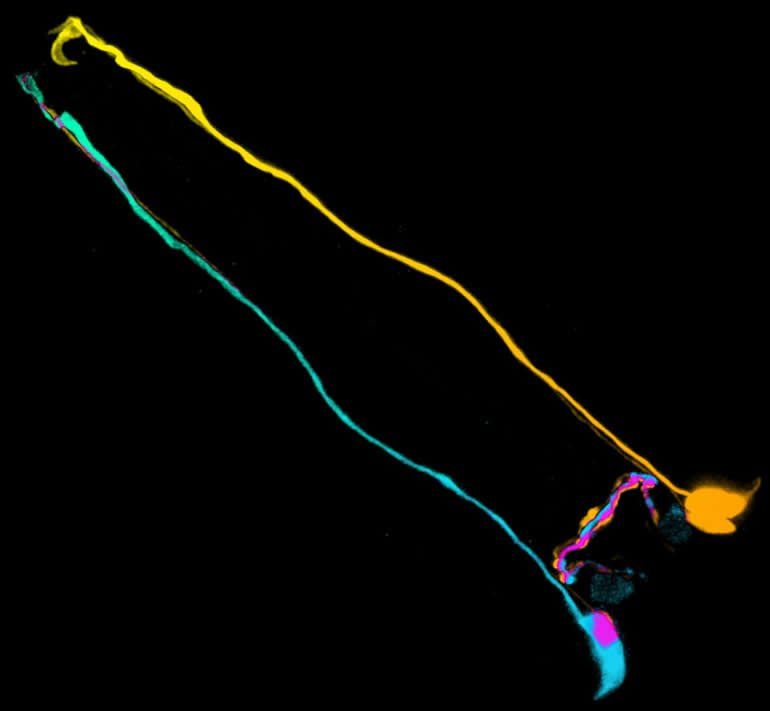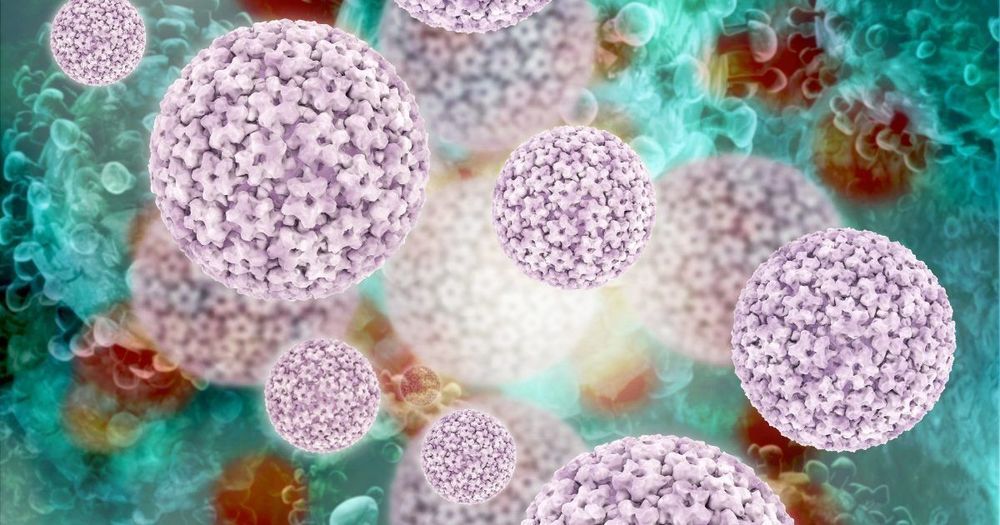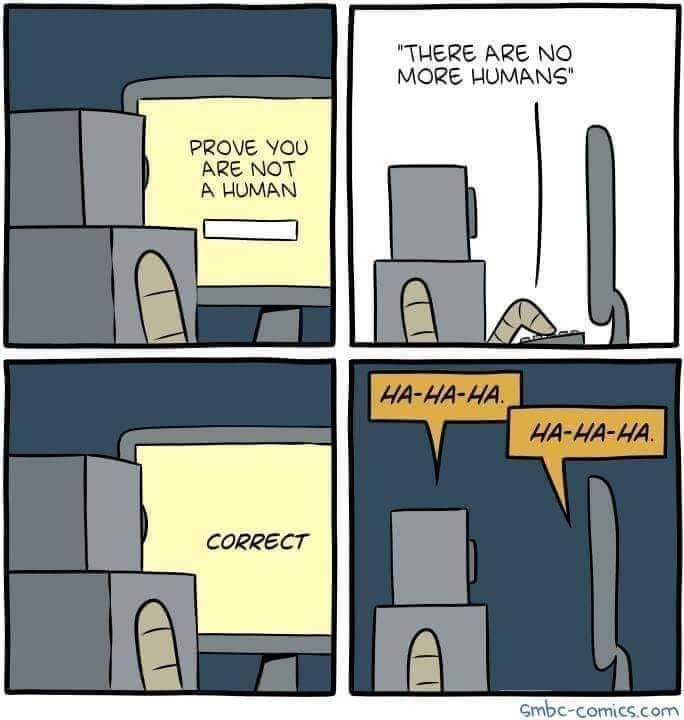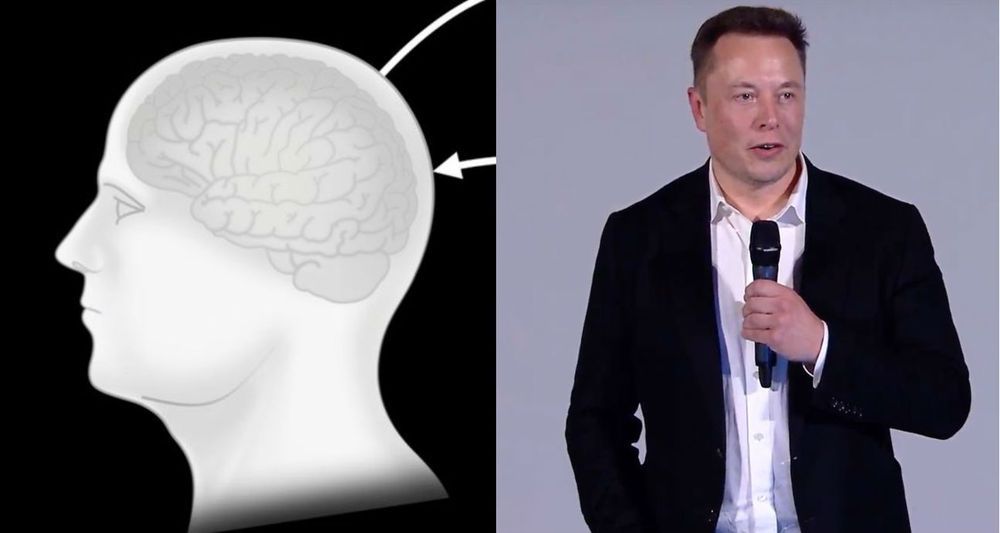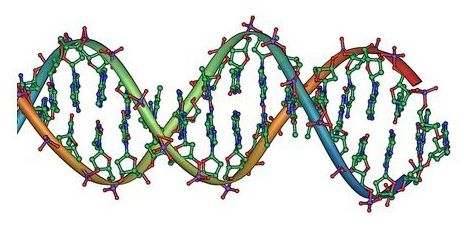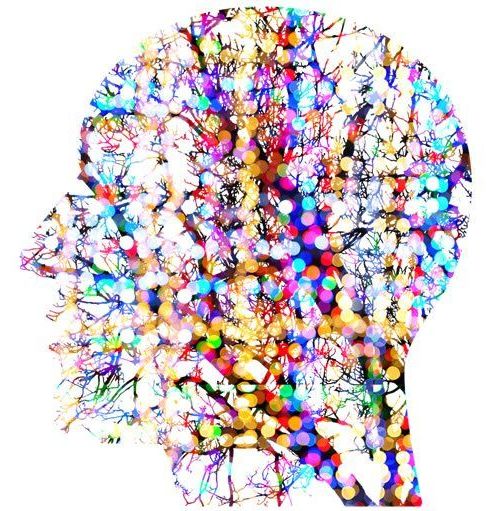To study how the microbiome affects their host behavior, a group of researchers at the Champalimaud Centre used the fruit fly combined with high-tech tools to show that two gut bacteria establish a metabolic cross-feeding that enables them to grow in diets that lack the nutrients that are essential for their growth and to allow them to change host decision making and reproduction. Results reveal a mechanism through which the right combination of bacteria can lead to microbiome resiliency to dietary perturbations and changes in brain function.
New research reveals a mechanism through which the right combination of bacteria can lead to microbiome resiliency to dietary perturbations.


